Instruction
How to hit a fade…according to YouTube, a robot, and GolfWRX members
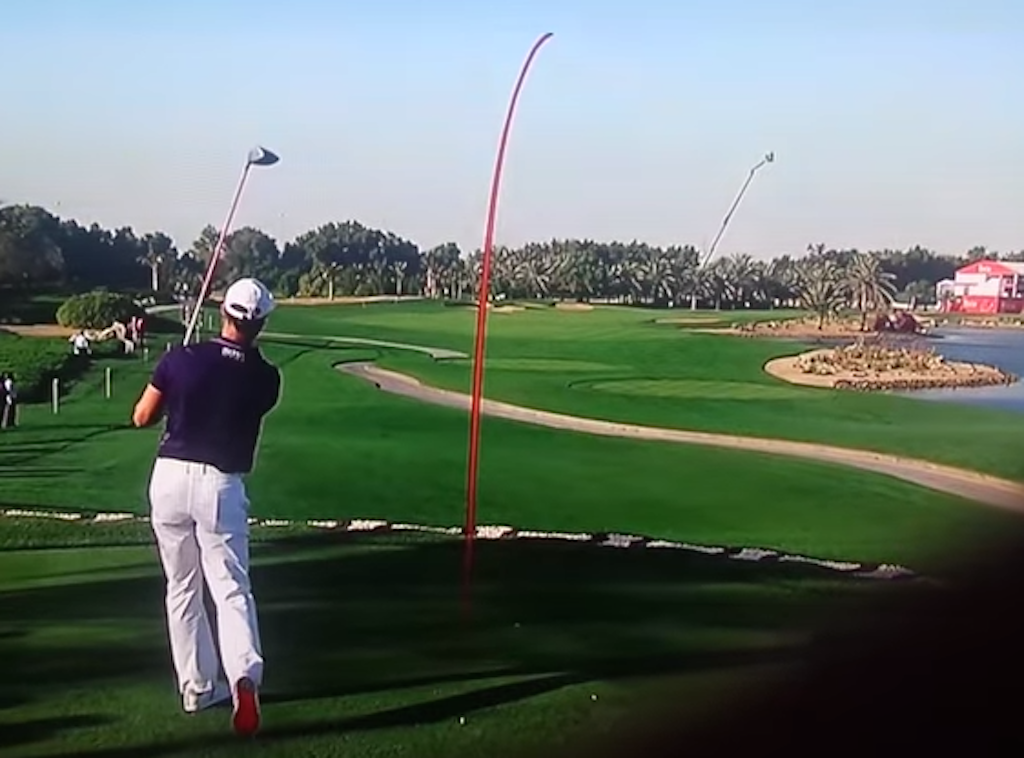
How to hit a fade. At some point, if you aren’t a habitual slicer of the golf ball and are able to hit a draw with regularity, in your quest to become a better golfer, you’re going to want to know how to do this.
Without debating the relative merits of a draw versus a fade, it’s agreed that working the golf ball both ways is key to to scoring, positioning off the tee, and risk minimization. If you’re a golfer who is currently only slinging draws, we have some advice for you on how to hit a fade from three very different sources.
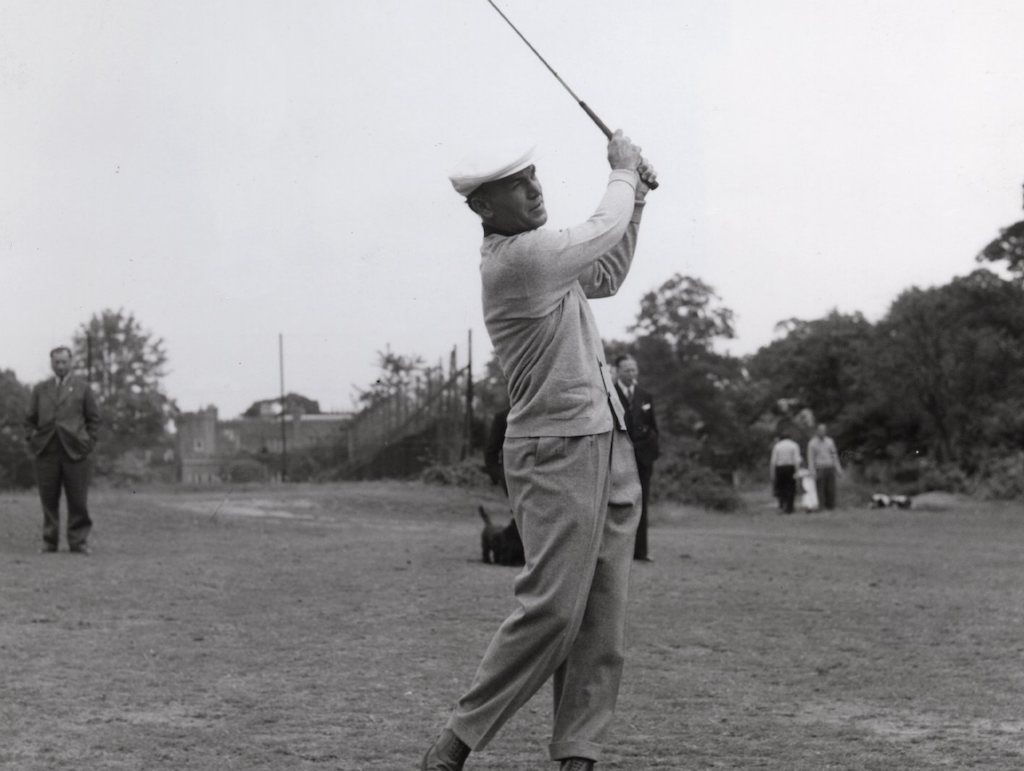
Ben Hogan: A man who knew how to hit a fade
How to hit a fade…
…according to a robot (that is, A.I. language model ChatGPT):
A fade is a type of golf shot that curves gently from left to right (for a right-handed golfer). If you want to know how to hit a fade, follow these steps:
- Set up for the shot: Aim your clubface at the target, but align your feet, hips, and shoulders slightly to the left of the target. This open stance will help promote a left-to-right spin on the ball.
- Grip the club: Hold the club normally, but slightly weaken your grip by turning your hands slightly to the left (again, for a right-handed golfer). This will help you hit the ball with an open clubface.
- Swing the club: On your backswing, keep your clubface square to the target for as long as possible. Then, on your downswing, try to swing slightly from the inside to out, which will help produce the left-to-right spin on the ball. Finally, make sure to follow through towards the target with a high finish.
- Practice: Hitting a consistent fade can take some practice. Spend time on the driving range and experiment with different grip and swing adjustments until you find what works best for you.
Remember, hitting a fade is not about hitting the ball harder, it’s about controlling the spin and direction of the ball. With practice, you can learn to hit a reliable fade that can help you navigate tricky golf course layouts.
Hitting a fade takes practice, and it may take some trial and error to find the right adjustments for your swing. It’s also important to note that a fade is not necessarily the ideal shot shape for every situation, so it’s important to be comfortable with hitting a variety of shots on the golf course.
How to hit a fade…according to the most-watched video on YouTube on the subject
With more than one million views on YouTube, this video from Any and Piers of MeAndMyGolf not only covers hitting a fade but also discussing drawing the golf ball as well as hitting it high and low.
…according to GolfWRXers
And of course, our GolfWRX forum members have opinions on the subject.
The appropriately named PreppySlapCut said: “If the face is open to the path, the ball is going to fade. There’s several adjustments you can make to encourage that to happen, it’s just a question of what feels best for you and allows you to do it most consistently.”
Bladehunter says: “For me just the sensation of taking the club back outside your hands , and then swing left with a face square to target , while turning hard as you can makes for a pretty straight flight that won’t hook. Unless you stall and let your hands pass you.”
“That’s my take as an upright swinger If you’re really flat it’s going to be tough to time up and never have the two way miss Because you’re always coming from the inside and will rely on timing the face open or shut to see a fade or draw . For me it’s just set the face at address and feel like you hold it there until impact”
Dpd5031 says: “Had a pro teach me this. Aim a little left, stance slightly open, still hit it from the inside (just like your draw), but unwind chest hard letting handle follow your rotation so toe never passes heel. He called it a “drawy fade.” Ball takes off almost looking like it’s going to draw, but tumbles over to the right instead of left. Cool thing is ya dont give up any distance doing it this way as opposed to cutting across it.”
Scottbox says: “Jon Rahm is a good example. Watch the hand path of his backswing– his hands are not as “deep” as someone who draws the ball (i.e. Rory). And even though he has a slightly shut face, Rahm rotates his chest and hips very hard. Because there’s less depth to his backswing, the club gets more in front of him at P6. He’s most likely 1-2* outside in at last parallel. Brooks Koepka has a longer swing, but similar, in terms of his hand path– well above the shaft plane going up with less depth to his hands at the top, and slightly above the plane coming down.”
“Most good modern players rotate pretty hard with their hips and chest to stabilize the face, but the difference between those who draw it and those who hit a baby cut is often seen in the way they “engineer” their backswing patterns.”
Check out more of the “how to hit a fade” discussion in the forum thread.
- LIKE16
- LEGIT0
- WOW0
- LOL2
- IDHT0
- FLOP1
- OB0
- SHANK4
Instruction
Clement: Stop ripping off your swing with this drill!

Not the dreaded headcover under the armpit drill! As if your body is defective and can’t function by itself! Have you seen how incredible the human machine is with all the incredible feats of agility all kinds of athletes are accomplishing? You think your body is so defective (the good Lord is laughing his head off at you) that it needs a headcover tucked under the armpit so you can swing like T-Rex?
- LIKE0
- LEGIT0
- WOW1
- LOL0
- IDHT0
- FLOP0
- OB0
- SHANK1
Instruction
How a towel can fix your golf swing

This is a classic drill that has been used for decades. However, the world of marketed training aids has grown so much during that time that this simple practice has been virtually forgotten. Because why teach people how to play golf using everyday items when you can create and sell a product that reinforces the same thing? Nevertheless, I am here to give you helpful advice without running to the nearest Edwin Watts or adding something to your Amazon cart.
For the “scoring clubs,” having a solid connection between the arms and body during the swing, especially through impact, is paramount to creating long-lasting consistency. And keeping that connection throughout the swing helps rotate the shoulders more to generate more power to help you hit it farther. So, how does this drill work, and what will your game benefit from it? Well, let’s get into it.
Setup
You can use this for basic chip shots up to complete swings. I use this with every club in my bag, up to a 9 or 8-iron. It’s natural to create incrementally more separation between the arms and body as you progress up the set. So doing this with a high iron or a wood is not recommended.
While you set up to hit a ball, simply tuck the towel underneath both armpits. The length of the towel will determine how tight it will be across your chest but don’t make it so loose that it gets in the way of your vision. After both sides are tucked, make some focused swings, keeping both arms firmly connected to the body during the backswing and follow through. (Note: It’s normal to lose connection on your lead arm during your finishing pose.) When you’re ready, put a ball in the way of those swings and get to work.

Get a Better Shoulder Turn
Many of us struggle to have proper shoulder rotation in our golf swing, especially during long layoffs. Making a swing that is all arms and no shoulders is a surefire way to have less control with wedges and less distance with full swings. Notice how I can get in a similar-looking position in both 60° wedge photos. However, one is weak and uncontrollable, while the other is strong and connected. One allows me to use my larger muscles to create my swing, and one doesn’t. The follow-through is another critical point where having a good connection, as well as solid shoulder rotation, is a must. This drill is great for those who tend to have a “chicken wing” form in their lead arm, which happens when it becomes separated from the body through impact.
In full swings, getting your shoulders to rotate in your golf swing is a great way to reinforce proper weight distribution. If your swing is all arms, it’s much harder to get your weight to naturally shift to the inside part of your trail foot in the backswing. Sure, you could make the mistake of “sliding” to get weight on your back foot, but that doesn’t fix the issue. You must turn into your trial leg to generate power. Additionally, look at the difference in separation between my hands and my head in the 8-iron examples. The green picture has more separation and has my hands lower. This will help me lessen my angle of attack and make it easier to hit the inside part of the golf ball, rather than the over-the-top move that the other picture produces.


Stay Better Connected in the Backswing
When you don’t keep everything in your upper body working as one, getting to a good spot at the top of your swing is very hard to do. It would take impeccable timing along with great hand-eye coordination to hit quality shots with any sort of regularity if the arms are working separately from the body.
Notice in the red pictures of both my 60-degree wedge and 8-iron how high my hands are and the fact you can clearly see my shoulder through the gap in my arms. That has happened because the right arm, just above my elbow, has become totally disconnected from my body. That separation causes me to lift my hands as well as lose some of the extension in my left arm. This has been corrected in the green pictures by using this drill to reinforce that connection. It will also make you focus on keeping the lead arm close to your body as well. Because the moment either one loses that relationship, the towel falls.


Conclusion
I have been diligent this year in finding a few drills that target some of the issues that plague my golf game; either by simply forgetting fundamental things or by coming to terms with the faults that have bitten me my whole career. I have found that having a few drills to fall back on to reinforce certain feelings helps me find my game a little easier, and the “towel drill” is most definitely one of them.
- LIKE11
- LEGIT1
- WOW2
- LOL0
- IDHT0
- FLOP2
- OB0
- SHANK8
Instruction
Clement: Why your practice swing never sucks
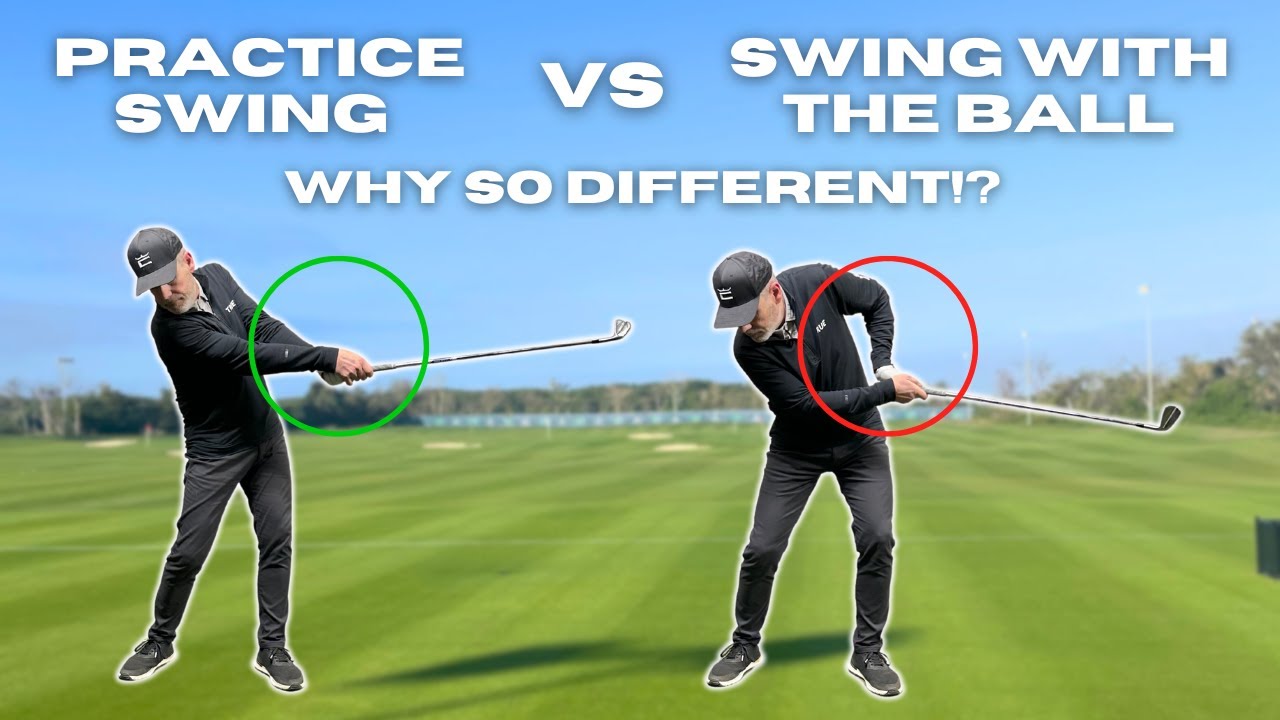
You hear that one all the time; I wish I could put my practice swing on the ball! We explain the huge importance of what to focus on to allow the ball to be perfectly in the way of your practice swing. Enjoy!
- LIKE0
- LEGIT0
- WOW0
- LOL0
- IDHT0
- FLOP0
- OB0
- SHANK1
-
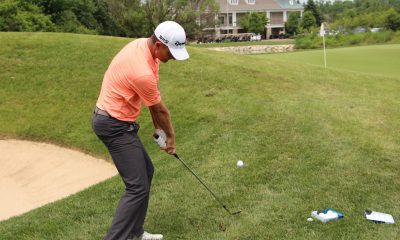
 Opinion & Analysis3 weeks ago
Opinion & Analysis3 weeks agoThe Wedge Guy: Golf mastery begins with your wedge game
-
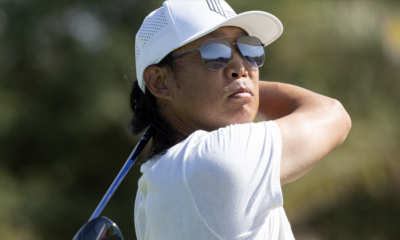
 19th Hole1 week ago
19th Hole1 week agoTour pro calls Anthony Kim a ‘f*****g idiot’ following Instagram comeback post
-
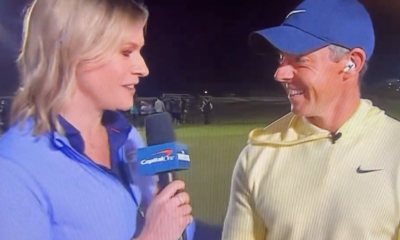
 19th Hole1 week ago
19th Hole1 week agoThis Rory McIlroy post-round ‘The Match’ moment is going viral…but all is likely not what it seems
-
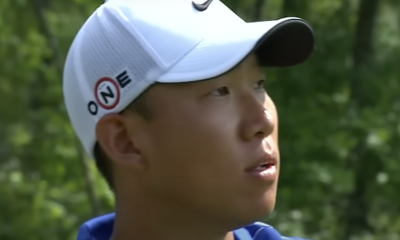
 19th Hole1 week ago
19th Hole1 week agoAnthony Kim’s speculated LIV Golf sign-on fee may surprise you
-
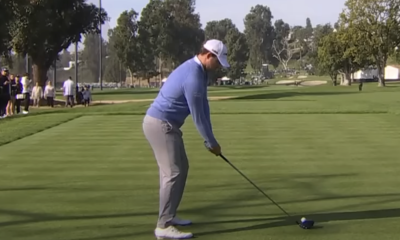
 19th Hole3 weeks ago
19th Hole3 weeks ago6-time Euro Tour champ says Patrick Cantlay ‘should be nailed with a huge fine’ over Genesis incident
-
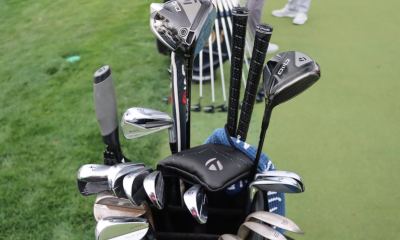
 Whats in the Bag2 days ago
Whats in the Bag2 days agoScottie Scheffler WITB 2024 (March)
-
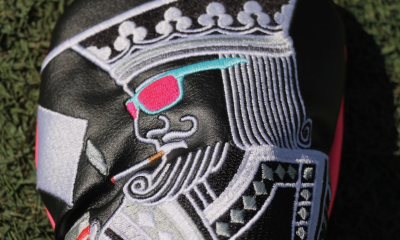
 Tour Photo Galleries3 days ago
Tour Photo Galleries3 days agoPhotos from the 2024 Arnold Palmer Invitational
-

 Whats in the Bag1 week ago
Whats in the Bag1 week agoAnthony Kim WITB 2024 (February)








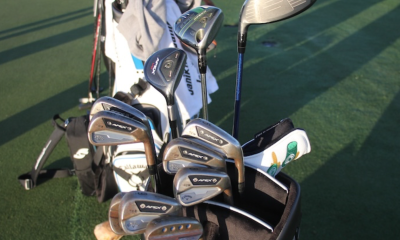





J
Mar 16, 2023 at 2:52 pm
Just copy the newbie hack on the range